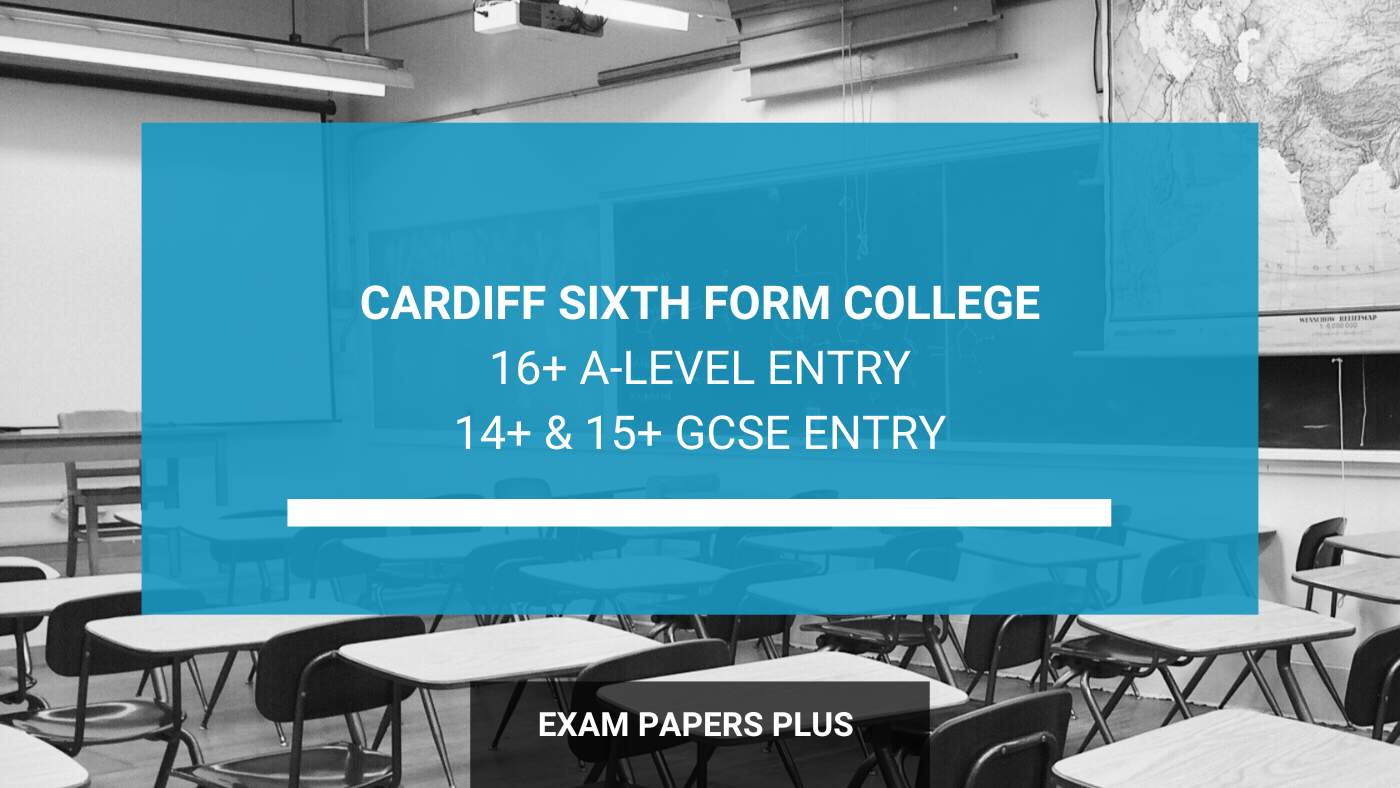
GCSE Physics: Working Scientifically
Bookmark this page? Pop your email into the box below to receive a link to this article so you can easily refer back to it later.
Table of Contents
Throughout your GCSE Physics course you will have been developing your skills of working scientifically. These core skills include:
- thinking scientifically
- experimental techniques and strategies, including suggesting hypotheses, planning investigations, carrying out experiments, and recording observations and readings in a suitable way
- analysis and evaluation, including presenting and translating data, appraising procedures and data, and drawing informed conclusions.
Although these are essentially practical skills, your knowledge and understanding of them will be tested in the written exams.
The exam boards publish details of the skills associated with ‘working scientifically’ within their GCSE Physics specifications:
- AQA GCSE Physics (page 9)
- Edexcel GCSE Physics (page 7)
- OCR GCSE Gateway Science Physics A (page 84)
- OCR GCSE Twenty-First Century Physics B (Chapters P7 and P8)
Let’s have a look at some examples of questions that test working scientifically. These tend to be based on the core practicals / required practical activities that are detailed in the specifications, so make sure you ate familiar with them.
Remember, the command word(s) in each question will tell you what type of answer is required.
Example Question 1
A student wants to calculate the density of a solid glass paperweight.

Describe the methods that the student could use to calculate the density of the paperweight. [5 marks]
To answer this question, you would be expected to recall the formula for density for 1 mark.

From the equation, you can see that you need to measure two quantities to calculate the density, so the rest of your answer should be along the following lines:
Use a balance / scales to measure the mass of the paperweight. [1 mark]
Fill a rectangular container with enough water to fully submerge the paperweight. Place the paperweight in the water and use a ruler to measure the change in height of the water (to the nearest millimetre). [1 mark]
Multiply this value by the width and length of the container to calculate the volume of displaced water, which is equal to the volume of the paperweight. [1 mark]
Insert the measurements for mass and volume into the formula to calculate the paperweight’s density. [1 mark]
This type of question tests your planning skills, including selecting the correct apparatus, choosing a sensible procedure and taking suitable readings. The fact that the question is worth 5 marks, shows that a detailed method is required.
Example Question 2
A student wanted to investigate the relationship between the extension of a spring and the weight hung from it.
They were given the following apparatus to use:
- clamp stand
- ruler
- set of weights up to 10 N
- a single spring.
(a) Draw a labelled diagram to show how the apparatus should be set up. [2 marks]
To answer this question, you are expected to show a sensible arrangement using the equipment listed. For example:

Two marks would be awarded for an accurate, fully-labelled diagram. One mark would be deducted for each mistake.
Typical mistakes would be:
- forgetting to show the ruler to measure the extension
- leaving out the labels
- drawing the ruler so that it is not vertical.
(b) Briefly describe how the student would use the set-up drawn to investigate the relationship between extension and weight. [2 marks]
This question requires a clear, concise response. Another student should be able to carry out the experiment by following your instructions. For example:
Measure the length of the spring. Then suspend a 1 N weight on the end of the spring and measure the extension. [1 mark]
Repeat the process increasing the weight by 1 N each time and recording the extension. [1 mark]
Using this practical investigation, you could be asked to plot a graph, evaluate the data, identify a pattern or estimate a reading. For example:
Using the apparatus, the student recorded the following data:
| Extension in mm | Force in N |
| 0 | 0 |
| 2 | 1 |
| 4 | 2 |
| 6 | 3 |
| 8 | 4 |
| 10 | 5 |
| 12 | 6 |
| 13 | 7 |
| 16 | 8 |
| 24 | 9 |
| 28 | 10 |
(c) Plot a graph of force against extension. [4 Marks]
The question asks for ‘force against extension’, so you should plot force on the y-axis (vertical) and extension on the x-axis (horizontal). The table gives extension before force, so it would be easy to get them the wrong way round – this is why it is really important to read the question carefully!

Marks would be awarded for:
- choosing the correct axes and labelling them [1 mark]
- using sensible scales [1 mark]
- plotting all the data points accurately [1 mark]
- drawing a line of best fit. [1 mark]
You could be asked to use your graph to find a value for y when given a value for x or vice versa. For example:
(d) Give the force required to produce an extension of 3 mm. [1 mark]
Reading from the graph, the correct answer is 1.5 N.
Another typical question would be:
(e) Calculate the spring constant when a force of 6 N is applied. [3 marks]
You must learn the equation that links spring extension, force and extension – you are expected to be able to recall and apply it (rearranging it as necessary) in the exam.
F = ke
k = 0.5 N/mm [2 marks]
Be careful with the units – the measurements are in millimetres not centimetres or metres!
(f) What can you conclude from the section of your graph between 0 and 8 N? [1 mark]
Answer:
The force is proportional to the extension. [1 mark]
(A straight line shows a proportional relationship.)
(g) Suggest a reason for the anomalous result on this section of the graph. [1 mark]
The anomalous result is the point that is outside the line of best fit.
Answer:
The student could have made a mistake reading the ruler. [1 mark]
Human error is most likely, but other sensible answers will be accepted, such as ‘the spring was not at rest / was still vibrating when the measurement was taken.’
(h) What can you conclude from your graph about the limit of proportionality of the spring? [1 mark]
To answer this question, you must identify the point where the proportional relationship ends. No explanation is required, so just make a concise statement using scientific language:
The limit of proportionality was exceeded after a force of 8 N was applied. [1 mark]
(i) Explain why it is not possible to give an accurate value for the limit of proportionality. [2 marks]
Answer:
There is insufficient data [1 mark] to know precisely at what point the limit of proportionality / elastic limit is passed. [1 mark]
For this type of question, you may also be asked to suggest improvements.
If one reading has been taken for each force added to the spring, it is a good idea to suggest taking repeat measurements of the extension for each force. An average value can then be calculated and used to plot the graph, making the conclusions more reliable.
Note that this can be applied to any experiment where one set of data is used to plot a graph and draw a conclusion, e.g. voltage–current graphs.
Never just say ‘repeat readings’; always explain how the repeat readings will be used.
It is of course vital when working with a spring that the limit of proportionality (elastic limit) is not inadvertently exceeded – this will permanently damage the spring, giving incorrect results.
Also consider whether the human eye is at the right level to measure an accurate value for the extension. A data logger could be used to accurately measure the extension using a movement sensor, giving more reliable data.
Safety must also be considered with any procedure. In this case, eye protection must be worn throughout as there is a danger of the spring or parts of it flying off under stress. This would be true of any experiment where a material, such as a stretched wire, is put under stress.
There is also a chance of the weights falling onto your foot, so strong shoes are essential – definitely not trainers.
(j) The investigation was repeated using two identical springs in parallel and weights up to 8 N.
Sketch a graph to show what the data from this investigation would look like compared to the original. [2 marks]
This question asks for a sketch, so it is the shape that is important. Don’t forget to include a line to represent the original data for comparison.

The 2 marks would be awarded for a sensible sketch showing a steeper gradient.
(k) Justify the sketch that you drew for part (j). [2 marks]
To answer this question, you would be expected to say that the force applied is shared between the two springs. [1 mark]
(For example, a 4 N weight is equivalent to suspending a 2 N weight from each spring. As a result, the extension on each spring will be halved, i.e. 4 mm rather than 8 mm as it would be for a single spring.)
Therefore, the extension of the parallel arrangement is half the value of that for a single spring. [1 mark]
Let’s have a quick look at another question based on a different practical investigation.
Example Question 3
A student wants to investigate the specific heat capacity of aluminium using the equipment show below.

(a) Suggest two safety issues that the student should take into consideration before carrying out the investigation. [2 marks]
Any two of the following issues would be accepted for 1 mark each:
- The aluminium block will get hot, so there is a risk of burns.
- The range on the thermometer must be suitable to cover the maximum temperature of the aluminium; otherwise there is a danger of the glass bursting.
- The block is heavy, so protective footwear should be worn.
- Keep all electrical equipment away from water. There is a danger of shock.
It is worth noting that whenever electric light bulbs, thin wires or resistors are used in circuits with batteries, there is a chance that they will get hot. Naturally this can cause burns, so care needs to be taken.
(b) Describe one change that could be made to improve the accuracy of the measurements that will be taken by the student. [2 marks]
This question is worth 2 marks, so you must state the improvement and briefly describe how it will improve the accuracy. For example:
Replace the thermometer with a digital one. [1 mark]
This will give more accurate measurements of the temperature of the aluminium block. [1 mark]
Using data logging is also a good answer, but you must say how you would use it. There are many sensors that can be attached to obtain accurate readings. You need to be clear what sensors you would use. In this case, a temperature sensor connected to the data logger could replace the thermometer.
Other questions that assess working scientifically focus on the development of scientific thinking. For example:
Example Question 4
Ministers are trying to reduce the quantity of electricity supplied to the national grid by burning coal.
They plan to replace some coal power stations with wind farms.
(a) Comparing the two energy sources, give two reasons why this would be a good idea. [4 marks]
When you are asked to compare to things, it is important that you make direct comparisons between them and refer to both in your answer. For example:
The combustion of coal produces carbon dioxide, which is a greenhouse gas, so it contributes to global warming. Wind farms do not emit any greenhouse gases. [2 marks]
Coal is a non-renewable energy source but wind is renewable. [2 marks]
A typical error when answering this type of question is to make a statement but forget the comparison. For example, a student might write ‘Burning coal gives off greenhouse gases’ but forget to add that wind farms don’t.
Also, it is easy to get carried away and add too much detail. You don’t need to explain the dangers of global warming in your answer – this would just waste time and gain no extra marks.
(b) One minister suggests that all power stations fuelled by fossil fuels should be replaced and that only wind farms should be used.
Give two reasons why this might not be a good idea. [2 marks]
Here you need to consider the downsides of using wind power to generate electricity:
Some days there is very little wind. In these days, minimal, if any, power would be produced. [1 mark]
Wind farms require far more land than conventional power stations to produce equivalent amounts of energy. [1 mark]
(c) Many wind farms are now built out at sea.
Suggest how this idea would have been developed. [3 marks]
Although the question is about wind farms, you need to draw on your knowledge of the processes behind general scientific development:
This idea would have been developed through a process of investigation and peer review. [1 mark]
Many scientists would have studied and discussed the advantages and disadvantages involved. [1 mark]
This would have led to a consensus. [1 mark]
Get Practising!
Completing exam-style practice questions is the best way to practise responding to questions that assess working scientifically.
Our new GCSE Physics: Key Skills pack contains over 150 higher-tier exam-style practice questions, which include questions based on core practical / required practical activities and working scientifically. They have been written by subject experts and can be downloaded for use at home immediately after purchase.
Image source: amazonaws.com
Bookmark this page? Pop your email into the box below to receive a link to this article so you can easily refer back to it later.
















